This article was published as a part of the Data Science Blogathon.
Introduction
Let’s first understand what Natural Language Processing is. Natural Language Processing (NLP) is basically how you can teach machines to understand human languages and extract meaning from text. Language as a structured medium of communication is what separates us human beings from animals.
From Wikipedia definition, say’s, natural language processing is a subfield of linguistics, computer science, and artificial intelligence concerned with the interactions between computers and human language, particularly how to program computers to process and analyze large amounts of natural language data.
So, as the definition says, NLP is all about providing the ability for computers to listen and talk like humans.
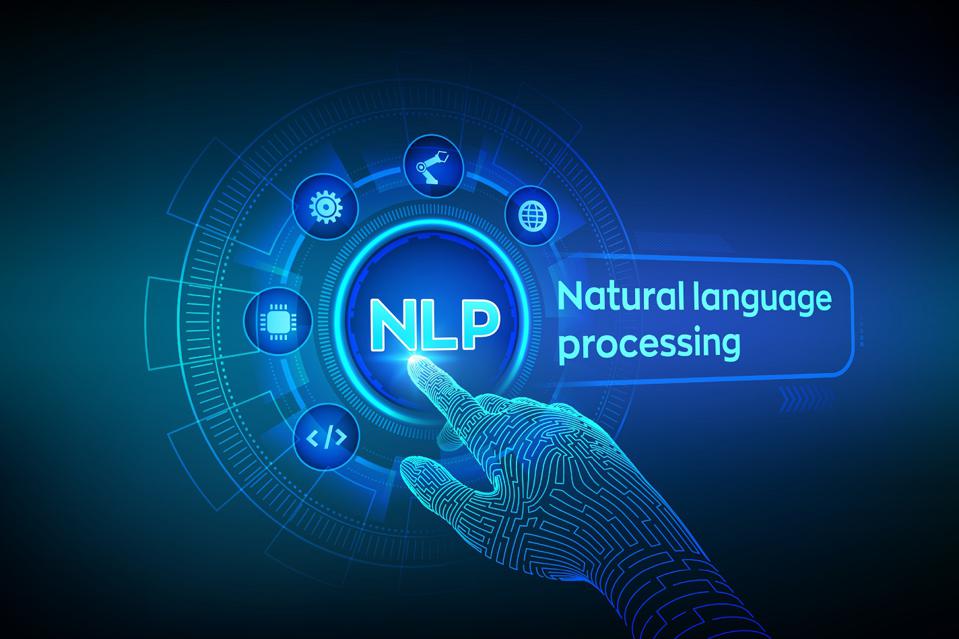
Real World Applications:
1. Contextual Advertisements
Advertisements are crucial for any online or offline business. We have to advertise our product to the targeted audience for many companies use NLP. Based on the content on pages, ads showing related to that content. Contextual ads are based on content that the user is looking at right now. It is supposed to be more interesting for users, as they’ll see ads that match the topic of the website pages that they are visiting.

image source: medium.com
2. Email Clients — Spam filtering, smart reply
Spamming emails is one of the biggest issues everyone faces in the world of the Internet faces. In such a world, email is mostly shared by everyone to share information and files because of their easy way of communication and their low cost. Every day, the rate of spam emails and spam messages is increasing. Here NLP will help to filter out spam emails and not spam emails. This is the most practical example we can see on google product G-Mail, and such as smart reply is also another example of NLP.

image source – towardsdatascience
3. Social Media — Removing adult content
Every day we can see there is a high amount of data collected by different social media sites. But their major challenge is keeping relevant data and removing illegal posts. NLP will help us to do this task. And currently, opinion mining is one best NLP examples because there are many tweets for a leader during elections. By analyzing this tweet data, we can observe how many people support a particular leader and what kind of opinion they have, also making a prediction model for predicting which leader is most likely to win.
4. Search Engines — Use information retrieval
Search Engines are one of the greatest applications of NLP. Most of the data on the internet is in the form of text data. If we have to find out a particular article using the domestic search technique, it takes the most time. Most search engines use information retrieval techniques to find out content from the internet.
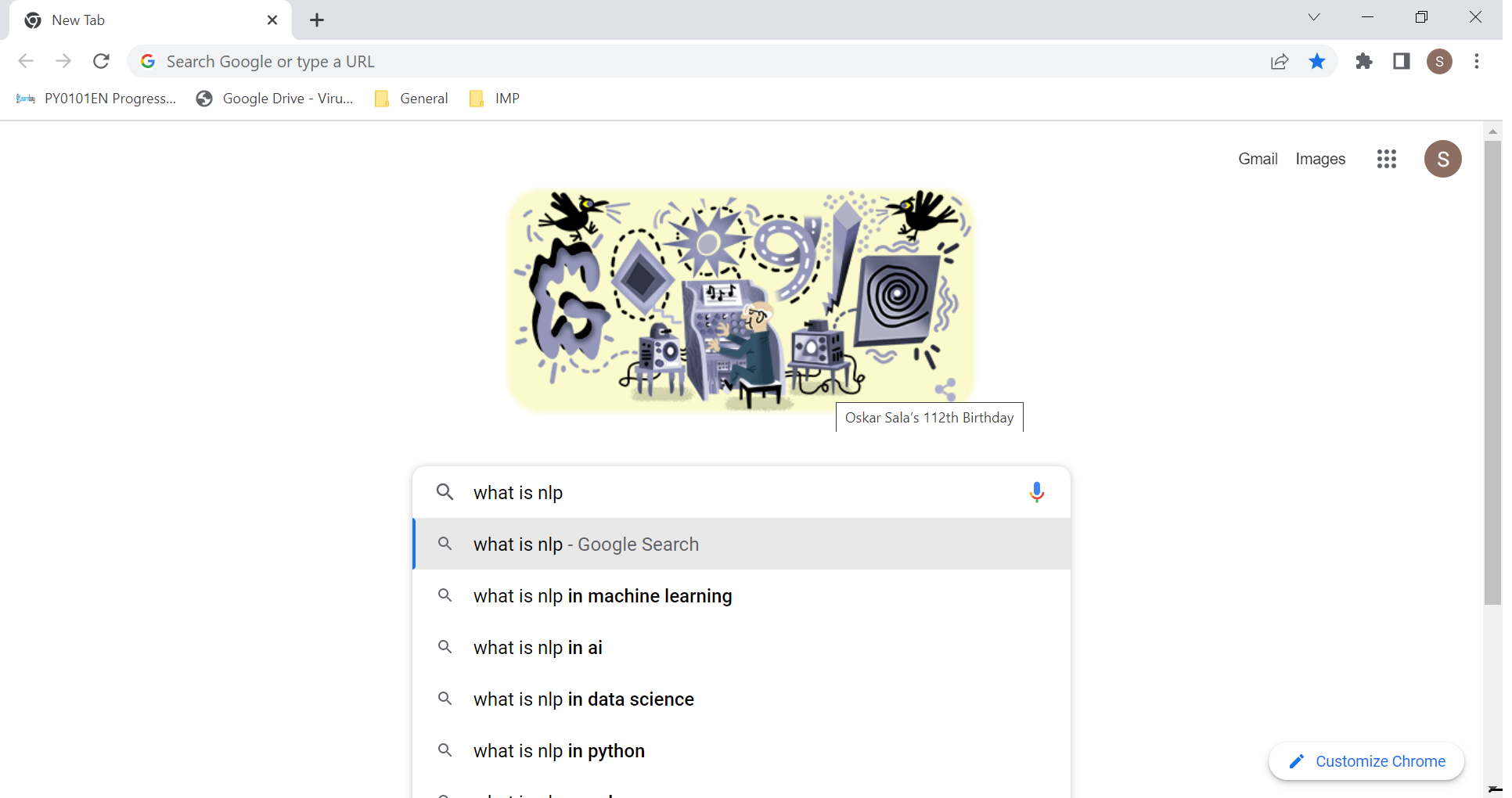
5. Chatbot
The chatbot is also one of the greatest applications of NLP. AI-powered chatbots use a branch of AI called natural language processing (NLP) to provide a better user experience. The chatbot is also called virtual agents or intelligent virtual assistants. These NLP chatbots help humans by taking over repetitive and time-consuming communications.
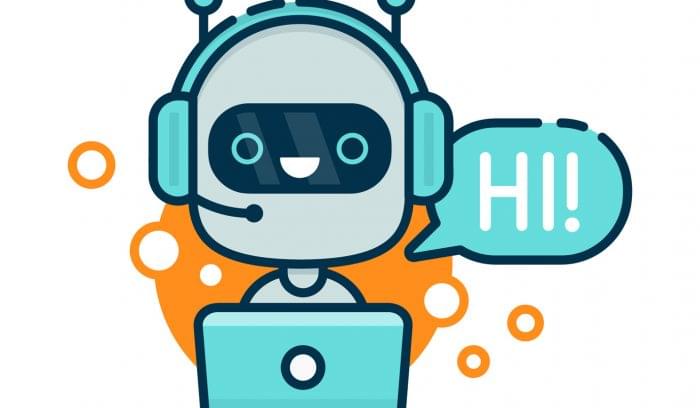
image source – technologyadvice.com
6. Language translation
Machine translation automatically translates one natural language into another, preserving the meaning of the input text. Google has developed a potent language translation API that translates one language to another language. Google Translate’s creators utilized some of the most advanced and recent developments in NLP in exceptionally creative ways.
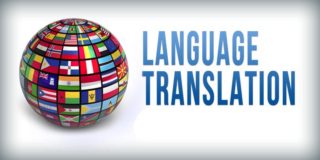
image source – lingvopedia.com
Common NLP Tasks
- Text/document classification
- Sentiment Analysis
- Information Retrieval
- Parts of speech tagging
- Language Detection and Machine Translation
- Conversational agents
- Knowledge Graph and QA system
- Text summarization
- Topic Modelling
- Text Generation
- Spell checking and Grammar correction
- Text parsing
- Speech to text
Approaches to NLP
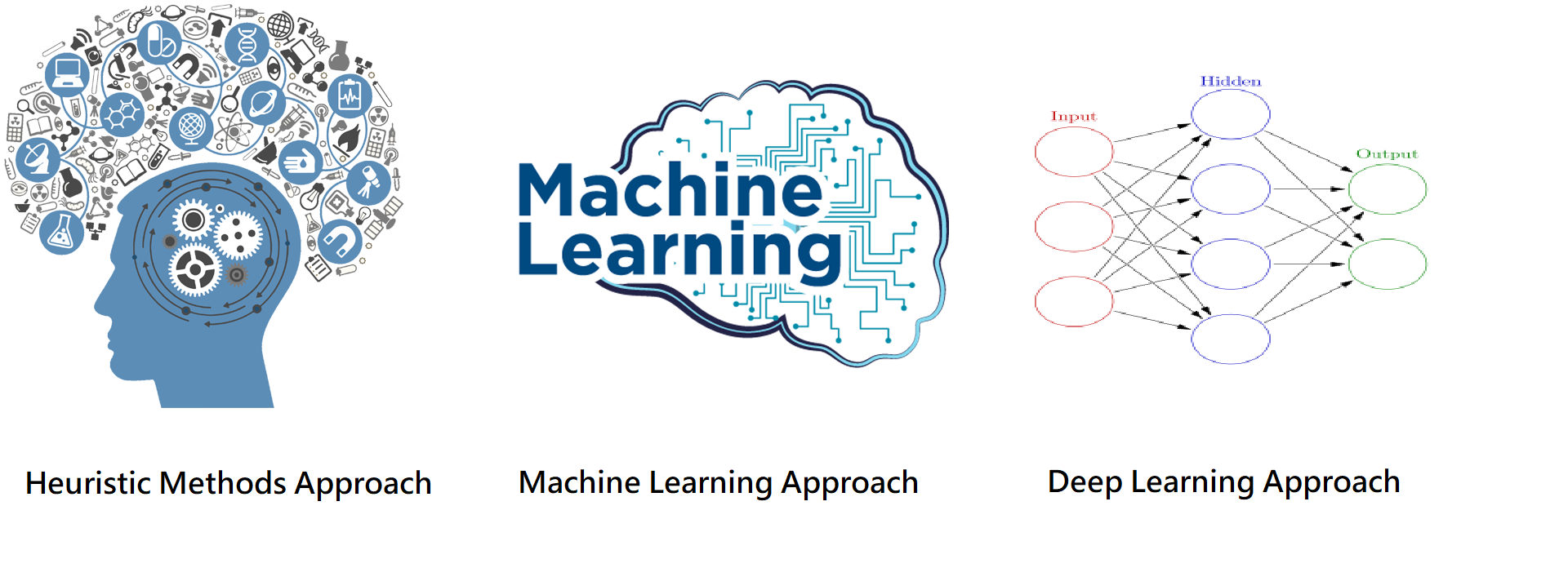
1. Heuristic Method Approach(from 1950):
A heuristic, or heuristic technique, is any approach to problem-solving or self-discovery that employs a practical method that is not guaranteed to be optimal, perfect, or rational but is nevertheless sufficient for reaching an immediate, short-term goal or approximation.
Examples:
- Regular Expressions – Using pattern matching
- Wordnet — Store information of one word with other words.
- Open mind common sense questions
Advantages:
1. It is accurate because of human involvement.
2. It is a quick approach.
Disadvantages:
1. It requires knowledge and experience to apply heuristics effectively.
2. You should have to use multiple experts and aggregate their results.
3. Sometimes time-consuming.
2. Machine Learning Approach(from 1990):
When we use the heuristic approach, the problem gets solved, but when an open-ended situation comes, the heuristic approach fails, and the machine learning approach comes into the picture. The important advancement in NLP started in 1990, and many new techniques evolved in the area.
The big advantage of using the Machine learning approach is to train a model based on existing data. And this model gives the best results.
Machine Learning Workflow
1. Problem Statement
2. Data Gathering
5. Model Building
6. Model Evaluation
7. Model Deployment
Convert text to number and give this data to the machine learning model for training and evaluation.
Model used
Naïve Bayes
Logistic Regression
SVM
LDA
Hidden Markov Models
3. Deep Learning Based Approach(from 2010):
Since 2010, deep learning has been widely used in the data science industry because deep learning has advantages over machine learning such as
- In Deep learning, feature generation is automatic.
- Works well with Unstructured data.
- Deep learning has self-learning capabilities.
- Ability to deliver high-quality results.
- Cost Effectiveness. etc
The big advantage:
1. Convert text to numbers in their sequence information to retain.
2. Feature importance is not required.
Deep Learning models
LSTM (Long Short-term Memory)
GRU (Gated Recurrent Unit
CNN (Convolutional Neural Networks)
Transformers
Autoencoder, etc
Advancements/Trends In NLP
Natural language processing (NLP) is one of the hottest fields in artificial intelligence (AI) and machine learning (ML) right now. Let’s take a look at some NLP trends to look out for in 2022.
1. Transfer Learning
Transfer Learning is an older term, but it has been popular recently. Transfer learning is a machine learning approach that involves training a model for one job and then reusing it for a related activity. Instead of developing and training a model from the start, which is costly, time-consuming, and requires a large quantity of data, you may simply fine-tune one that has already been trained. Transfer learning in NLP can be applied to intent classification, sentiment analysis, and named entity recognition.
2. Fake News and Cyberbullying Detection
Fake News detection is important everywhere. NLP has become a power to detect and prevent the spread of fake news and disinformation, saving time and effort. Cyberbullying detection is another method in which NLP is being utilized to make a good influence.
3. The Rise of Low-Code Tools
Back in the day, developing NLP models needed an extensive understanding of AI and machine learning, coding, and libraries. Low-Code technologies that make life easier while low code or no code tools have been restricted to web and software development, but in the upcoming year, these technologies will be used in the NLP areas as well.
4. Chatbots and Customer Assistants took to the next level
Chatbots are an important application of NLP. Due to a rise in remote working in recent years, there has also been a tremendous increase in customer support tickets across industries. Solving this ticket on an urgent basis is not possible. Here, the chatbot will help us to solve simple queries or pass other queries to humans.
Conclusion
In this article, we have seen the NLP Evolution from 1950 to till date.
The key takeaways from this article –
- Natural Language Processing era started in 1950-60.
- Natural Language Processing has many applications. We have seen a few of them, such as Contextual Advertisements, Spam filtering, Social Media(removing adult content), Chatbot, etc.
- Heuristic method approaches are accurate and quick but require knowledge and experience to apply heuristics effectively.
- The advantage of using the machine learning approach is to train a model based on existing data, and this model gives the best results.
- Most NLP data is unstructured, and deep learning works well with unstructured data.
- At last, we saw recent advancements/trends in NLP like Transfer Learning, Fake News and Cyberbullying Detection, and The Rise of Low-Code Tools, Chatbots, and Customer Assistants Taken To Next-Level.
So, I hope you liked the article. Connect with me on Linkedin.
The media shown in this article is not owned by Analytics Vidhya and is used at the Author’s discretion.




